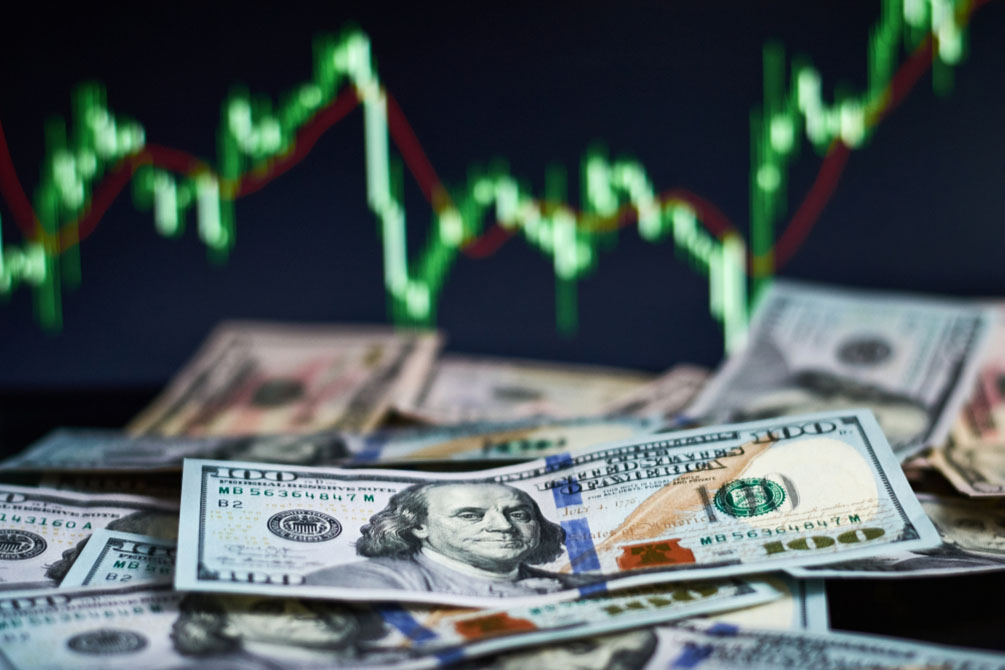Inflation Risk: Three Reasons to Relax
Posted By : Armada Corporate Intelligence | Date : March 18, 2021To be honest there are more reasons to worry about an inflation surge than there are reasons to dismiss the threat but it is important to note that it has been over twenty years since there has been any real inflation risk and there are still important factors that reduce the threat.
1) There is no wage inflation and nothing suggesting there will be.
The unemployment rate remains high – 6.2%. There are still 10 million people out of work and that contrasts with the 3.5% rate of jobless and 5.7 million out of work prior to the lockdown. Even when the rate was at 3.5% there was no wage inflation and that came as a surprise to analysts as the Phillips Curve suggested that rates this low would trigger wage hikes as employers struggled to find the people they needed. This breakdown in the Phillips Curve has been attributed to the rise of globalization. The critical point is that wages didn’t rise when the rate of unemployment was very low and they will certainly not rise now. Wage hikes are a critical indicator of inflation.
2) The consumer may not come through as expected.
Much of the concern over inflation is based on the reaction to the $1.9 trillion government stimulus package. If the majority of that money comes cascading into the economy all at once there will be far more demand than can be accommodated and producers will start to hike their prices in order to stem some of that demand and simply because they can. There will be plenty of consumers willing to pay these higher prices. Unless they aren’t. This plan is less a stimulus effort and more of a rescue. The people who will be getting that money are supposed to be those hurt most by the recession and they will be spending on more urgent needs – rent, mortgages, overdue bills. They may not be in a position to spread that money around very much.
3) Commodity prices may ease off and reduce inflation risk.
There is a major inflationary surge underway triggered by hikes in everything from oil to lumber to metals and the like. This has been due in part to a resumption in demand but there have been other factors that are more temporary in nature. Oil prices rose as OPEC and Russia decided to keep their limits on production but that decision can be reversed in an instant. Lumber prices rose due to pandemic-related lockdowns at the sawmills and because of tariffs on Canadian lumber. The lockdown threat has eased and the tariffs are under review. Steel prices have also been affected by tariffs as well as demand. The point is these commodity hikes could ease and quickly – further reducing inflation risk.
The Fed (as well as the other central banks in the world) have indicated they still have concerns regarding growth and will not pull the trigger on higher rates until there is real pressure. The activity in the bond markets has basically been because the financial community doesn’t believe the central banks. They think the inflation pressure will force their hand and that rates will rise. If one accepts the central bankers at their word there is not an interest rate hike in the offing – at least in the short term.
